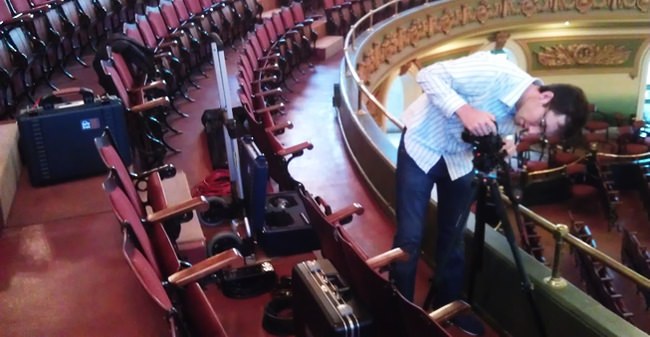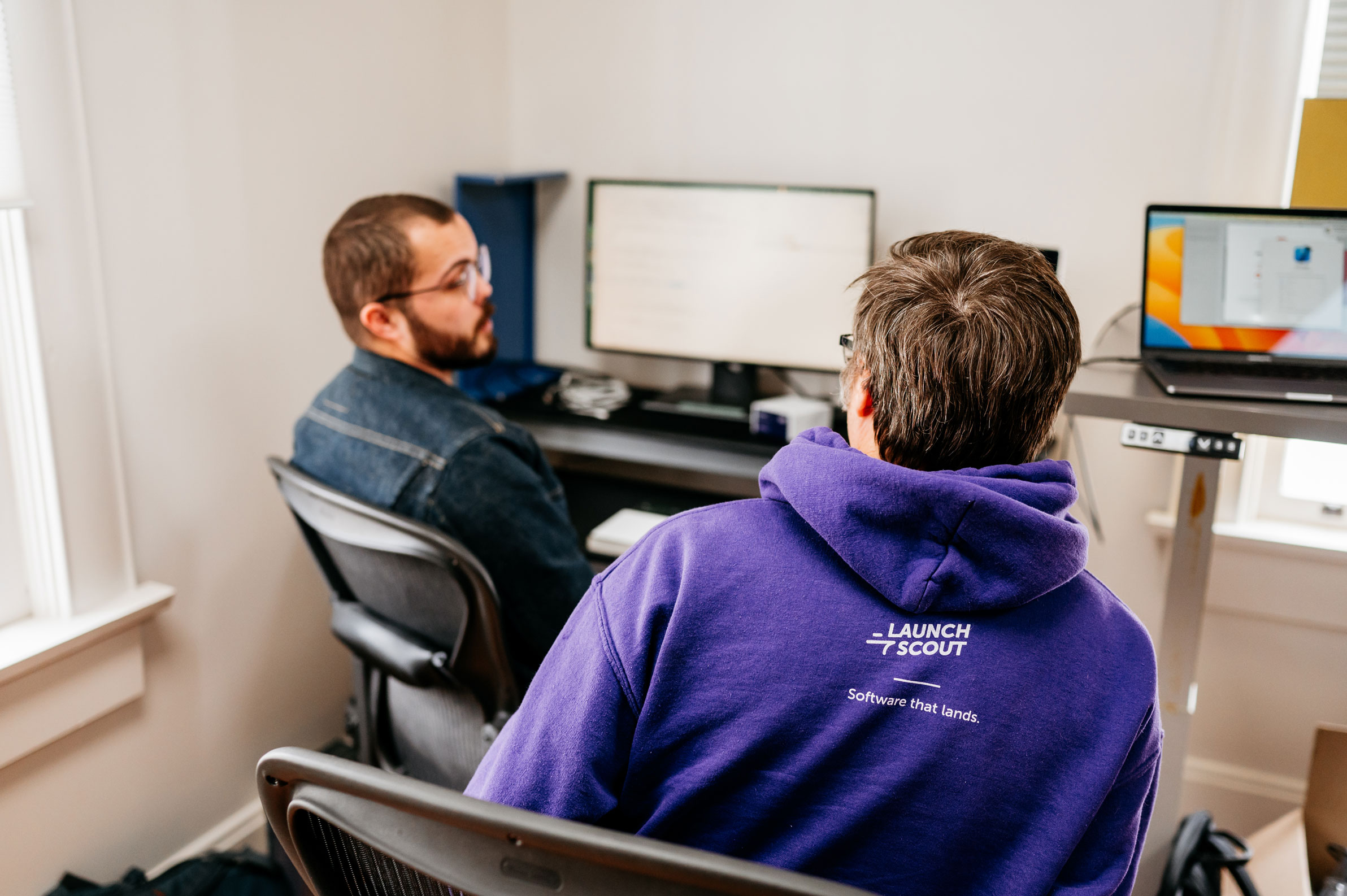
4 November 2013
Storytelling Through Video
Hi, I’m Ryan Finke, the latest design co-op at Gaslight. Recently, I’ve had the opportunity to create case study videos to market Gaslight’s strengths. These experiences taught me more about the important process of storytelling.
Today, we are launching a case study about Enjoy the Arts. It’s not just about the camera angles, microphones and lights though. What I’d like to focus on here is the thinking that happens before and after the actual filming.
Storytelling
Storytelling is a crucial part of human history. Before writing was invented, history was passed down by stories because they are impactful and easily remembered. Although we no longer rely on storytelling to preserve history, we still share stories every day.
Friends recall funny situations for years afterwards. Grandparents tell of the time they fell in love with each other. Even as adults, we remember the bed-time stories our parents told us.
There’s something about stories that sticks with us. They are simple, impactful and we connect emotionally with them. We remember and share them without effort.
Know the Story
Listening to a good story is easy, but creating one takes skilled decision-making.
With our video, we were not aiming just to capture a few quotes on film. We wanted to tell a story that would persuade similar clientele we can help them succeed. To tell this story, it needed to be well-planned.
It was especially important to know the story before filming. Without the story we would have to rely on luck for a good interview. Since we knew our purpose, we could begin to craft the interview questions to draw out the right responses.
Before filming the video, we wrote a list of questions for the client to answer. We had to be intentional how we crafted the questions though. Phrasing questions with “Did you…” often receives “Yes/No” answers. Instead, we used “How” and “Why.” These words often helped the interviewees explore their answer with us.
Set the Right Mood
One benefit of videos is you can visualize the story. An issue which arises, however, is if the background doesn’t visually support what is being said you end up telling conflicting stories. For this reason, we searched for an appropriate venue in advance of filming.
We needed to convey our client was a non-profit arts organization. We chose to not film at the client’s office. An office background sparks thoughts like “deskwork,” “business” and “white-collar job.” Rather we chose to shoot the interview in Memorial Hall’s theater, a historic building next to Music Hall in Over-the-Rhine. The theater seating, stage and lights all reinforced our story.
Although we wrote good questions, we still needed good responses. To do this, we did all we could to make the interviewees feel comfortable. We arrived an hour early to test our lights, cameras and mics. When the interviewees arrived, all they had to do was have a conversation with us. We provided them with water in case their mouths got dry. We also gave them an overview of what we would be doing and some interviewing tips so they felt in control.
Shoot B-roll
Even if you are a great interviewer and have written the perfect questions, chances are your interviewee will stumble or get confused during the interview. You’ll need to edit out these blunders. To do this without losing pace, you’re going to need to switch to other video clips.
During the interview, we shot with 2 cameras. If we had only shot with 1 camera, our video would jump when we cut mistakes out of the clip. Using 2 cameras enabled us to switch between angles and create a seamless story.
Before leaving the set, we spent 30 minutes filming the location. This type of video is called B-roll because it is additional footage besides the interview. B-roll helps tell the story, but it also can be used to cover problems in the interview. When we had camera or interviewee issues, we cut to B-roll video and continued the interviewee audio.
Put It Together
After finishing the interviews, we needed to fit the story together into a 2-minute video. We transcribed the video into a document. While transcribing is a time-consuming task, it allowed us to highlight important points of our story and quickly skim through all of the material. As the editing process continued, we were able to refer to the transcript to keep the story intact.
From our efforts, we have a 2-minute video of our client explaining why Gaslight is a great development and design partner.


